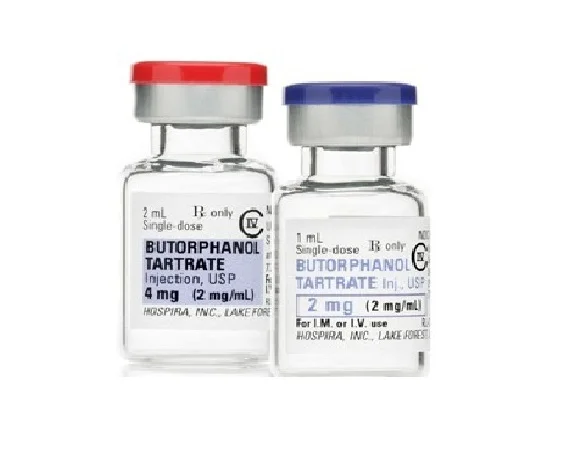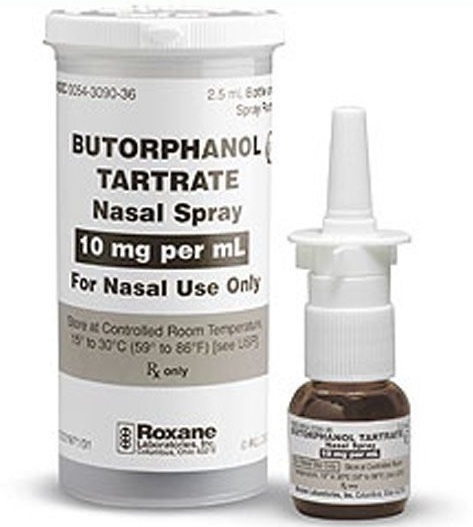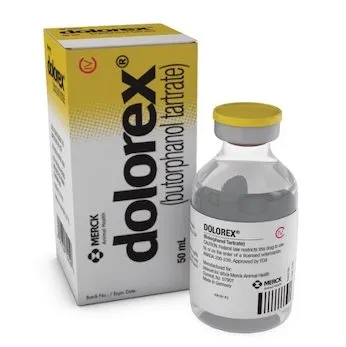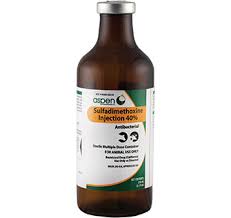Description
Butorphanol: A Powerful Pain Reliever with a Complex Profile
Butorphanol is a synthetic opioid analgesic, meaning it’s a pain reliever that acts on the opioid receptors in the brain and spinal cord. Unlike many other opioid painkillers, butorphanol is classified as a mixed agonist-antagonist opioid. This means it acts as an agonist (activator) on some opioid receptors while acting as an antagonist (blocker) on others. This unique property gives it distinct advantages and disadvantages compared to pure opioid agonists like morphine or oxycodone.
How Butorphanol Works:
Butorphanol primarily targets two opioid receptors:
- Kappa (κ) receptors: It acts as an agonist at these receptors, providing pain relief and contributing to its sedative effects. However, activation of kappa receptors can also lead to dysphoria (unease or dissatisfaction), which is a potential side effect.
- Mu (μ) receptors: Butorphanol acts as a partial agonist or antagonist at these receptors. While it can provide some pain relief through mu receptor activity, it’s generally less potent than pure agonists like morphine. Its antagonistic effect can also help reverse the respiratory depression caused by other opioids.
Common Uses of Butorphanol:
Butorphanol is often prescribed for:
- Moderate to severe pain: It’s used for a variety of pain conditions, including postoperative pain, migraine headaches, and pain associated with childbirth.
- Pre-anesthetic medication: Butorphanol can be used before surgery to provide sedation and reduce anxiety.
- Cough suppression: It has antitussive properties and can be used to treat persistent coughs.
- Shivering management: It can be used to treat post-operative shivering.
Advantages of Butorphanol:
- Lower risk of respiratory depression: Compared to pure opioid agonists, butorphanol generally carries a lower risk of respiratory depression, making it potentially safer for patients with respiratory issues.
- Ceiling effect on respiratory depression: There appears to be a ceiling effect on the respiratory depression caused by butorphanol. This means that increasing the dose beyond a certain point will not significantly increase the risk of breathing problems.
- Potential for reversing opioid overdose: Due to its mu receptor antagonist properties, butorphanol can partially reverse the respiratory depression caused by other opioids.
Disadvantages and Side Effects:
- Dysphoria: Activation of kappa receptors can lead to dysphoria, which can be an unpleasant side effect for some patients.
- Other common side effects: These include sedation, dizziness, nausea, vomiting, headache, and constipation.
- Risk of withdrawal symptoms: Like other opioids, butorphanol can cause withdrawal symptoms if discontinued abruptly after prolonged use. Symptoms include anxiety, sweating, muscle aches, and restlessness.
- Limited analgesic efficacy: While effective for many patients, it’s generally considered less potent than pure opioid agonists for treating severe pain.
- Potential for abuse: Although considered to have a lower abuse potential than pure agonists, butorphanol can still be misused or become addictive.
Important Considerations:
- Drug interactions: Butorphanol can interact with other medications, including other opioids, sedatives, and antidepressants. It’s important to inform your doctor about all medications you are taking.
- Contraindications: Butorphanol is contraindicated (shouldn’t be used) in patients with certain conditions, such as acute asthma, respiratory depression, or a known hypersensitivity to the drug.
- Pregnancy and breastfeeding: Butorphanol should only be used during pregnancy or breastfeeding if the potential benefits outweigh the risks. It can cause respiratory depression in the newborn.
- Driving and operating machinery: Butorphanol can cause drowsiness and dizziness, so patients should avoid driving or operating machinery while taking this medication.
Conclusion:
Butorphanol is a valuable pain reliever with a unique mechanism of action. Its mixed agonist-antagonist properties offer some advantages over pure opioid agonists, particularly in terms of respiratory depression. However, it’s important to be aware of the potential side effects, including dysphoria and withdrawal symptoms. As with any opioid medication, butorphanol should be used with caution and under the guidance of a healthcare professional. If you’re prescribed butorphanol, be sure to discuss any concerns or questions you have with your doctor or pharmacist.












Reviews
There are no reviews yet.